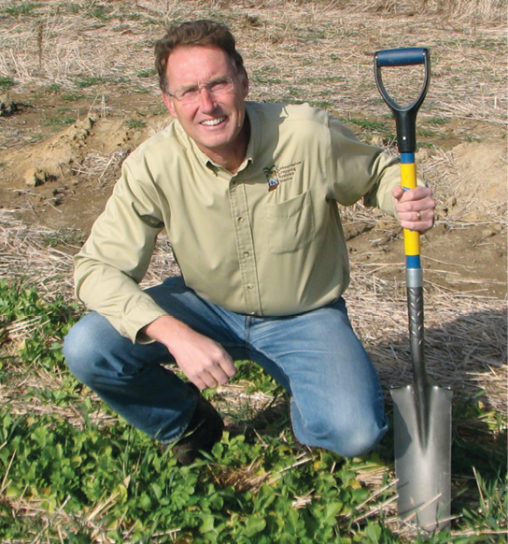No-Till Farmer
Get full access NOW to the most comprehensive, powerful and easy-to-use online resource for no-tillage practices. Just one good idea will pay for your subscription hundreds of times over.

NAME: Hans Kok
LOCATION: Carmel, Ind.
YEARS Mentoring No-Tillers: 30
I've spent a good portion of my career helping producers adopt no-till practices through extension, as a Monsanto no-till specialist and, most recently, as a crop consultant.
In my experience, no-till is the way to go. It provides incredible improvements in water quality, erosion control, input efficiency and time savings. But no-till shouldn’t be the only goal for farmers. Rather, it’s an important piece in achieving high-yielding, sustainable agriculture.
That’s why no-till is just one of four requirements in the farm-education project I’m currently coordinating — the Indiana Conservation Cropping Systems Initiative (CCSI). The CCSI is a multi-agency funded initiative to help producers make the transition to a better conservation cropping system.
We want producers to do more than just no-till. We want them to have a conservation system that builds healthy and productive soil as the backbone of sustainable agriculture. For CCSI, that means:
A systems approach is essential with no-till. Farmers must look at their operation ecologically, not just as a chemistry set with trucks bringing in chemical fertilizers, pesticides and other inputs. By examining how crops are part of a living system, no-tillers can reduce inputs, or use them in different ways.
The following are some practices I’ve picked up over the years.
No-till groups are very beneficial, whether it’s meeting…